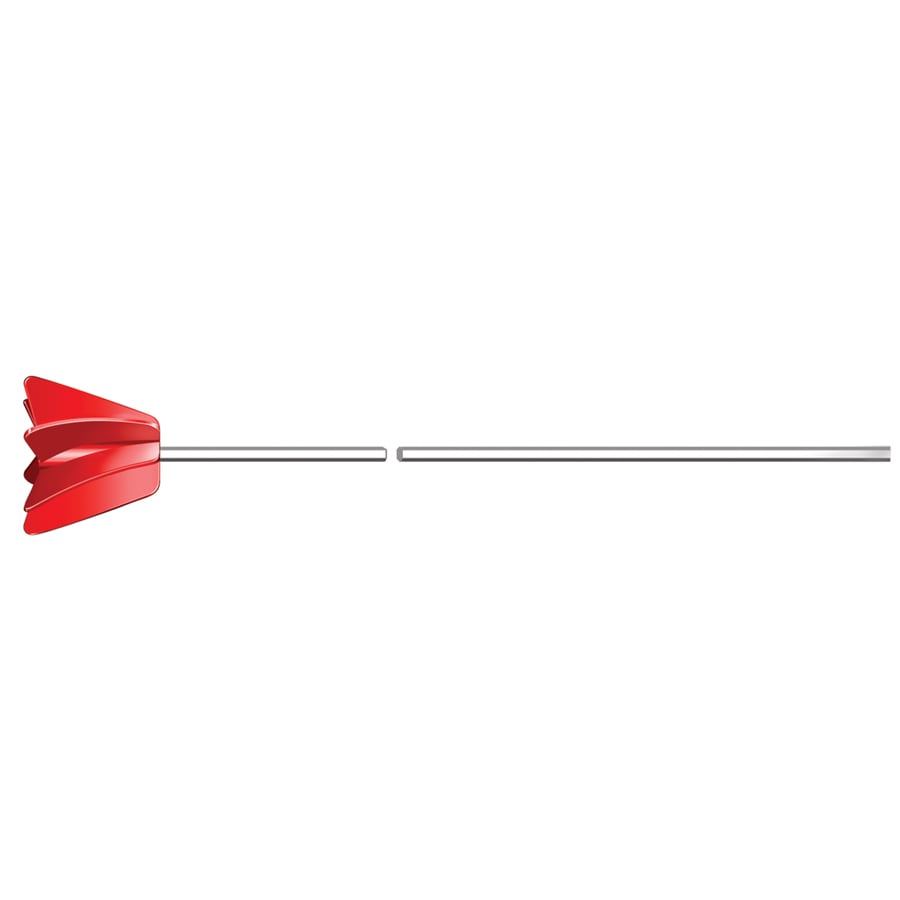I have an issue with this: “You want to add the water to the grain, not the other way around. Use a saucepan or a plastic pitcher to pour in a gallon of your strike water at a time and stir between infusions. Don’t try to pour 4 gallons of hot water into the infusion all at once. You don’t want to thermally shock the enzymes.”
The whole point of heating your strike water to a temperature that is higher than your grain is that once they mix, they land at your mash step temp. So my beef is two-fold: When adding water to the MLT, you have to compensate for the temp of the MLT, making it even harder to land upon your desired mash temp. Obviously software like Beersmith helps, but its still a larger difference... hence your water has to be hotter than when the MLT is preheated or the water is recirculated/heated in the MLT before the grain is added.
Second, you will not thermally shock the enzymes by pouring all your strike water in at once. If calculated correctly and combined quickly, the resulting net temp should land right at your mash temp. How will it end up hotter? Perhaps the small area of grain which receives the stream of hot water will, but that's no different than adding it in batches really.
In my system, the water and MLT are at strike temp. I pour the grain in out of a bucket in one hand while stirring quickly with the other. Rarely a DB and I always land right around at my intended mash temp. Seems like a solution looking for a problem, lol.




